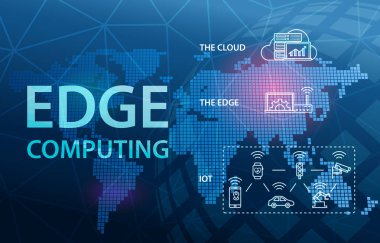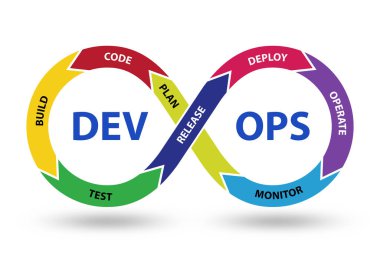Edge Computing: The Next Frontier in Digital Product Engineering

How Edge Computing is Transforming Digital Product Engineering
Edge computing is revolutionizing digital product engineering by bringing data processing closer to the source. Instead of relying solely on centralized cloud infrastructure, edge computing enables devices to process data locally, leading to faster response times, enhanced performance, and greater autonomy. This shift is empowering industries to innovate with new digital products that leverage real-time data, improving overall efficiency and user experiences.
As we enter this new era of technology, edge computing opens doors for developers and businesses to design products that are not only responsive but also highly reliable and scalable. From smart devices to autonomous systems, edge computing is providing the backbone for next-generation digital solutions.
Key Benefits of Edge Computing in Product Engineering
- Reduced Latency: By processing data at the edge, latency is significantly minimized, allowing for near-instantaneous decision-making, crucial for applications such as autonomous vehicles, real-time analytics, and augmented reality.
- Increased Security: With data being processed closer to the source, sensitive information can be kept on local devices, reducing the need to transfer it to the cloud and limiting exposure to potential cyber threats.
- Improved Scalability: Edge computing supports distributed infrastructure, enabling systems to scale seamlessly by offloading processing tasks from the cloud to edge devices.
- Cost Efficiency: By reducing the amount of data sent to the cloud, edge computing can help lower bandwidth costs, making it more cost-effective for businesses operating large-scale IoT systems.
The Role of Edge Computing in IoT and Beyond
Edge computing is a critical component of the Internet of Things (IoT) ecosystem, where countless devices generate massive volumes of data. Traditional cloud architectures struggle to keep up with the real-time demands of IoT applications. Edge computing solves this challenge by processing data closer to where it is generated, allowing IoT systems to operate with greater efficiency and precision.
Moreover, edge computing is driving innovation in various industries, including healthcare, manufacturing, and transportation, enabling smart cities, connected healthcare devices, and industrial automation.
Challenges and Future Directions
While edge computing offers numerous benefits, it also presents challenges, such as managing distributed infrastructures and ensuring seamless integration with cloud environments. As technology advances, future developments in edge computing will focus on addressing these challenges through advancements in edge-cloud collaboration, artificial intelligence, and network optimization.
At Raphus Solutions, we are at the forefront of leveraging edge computing to deliver cutting-edge digital product engineering solutions. Our expertise enables businesses to capitalize on the potential of edge computing to drive innovation and accelerate their digital transformation journeys.



